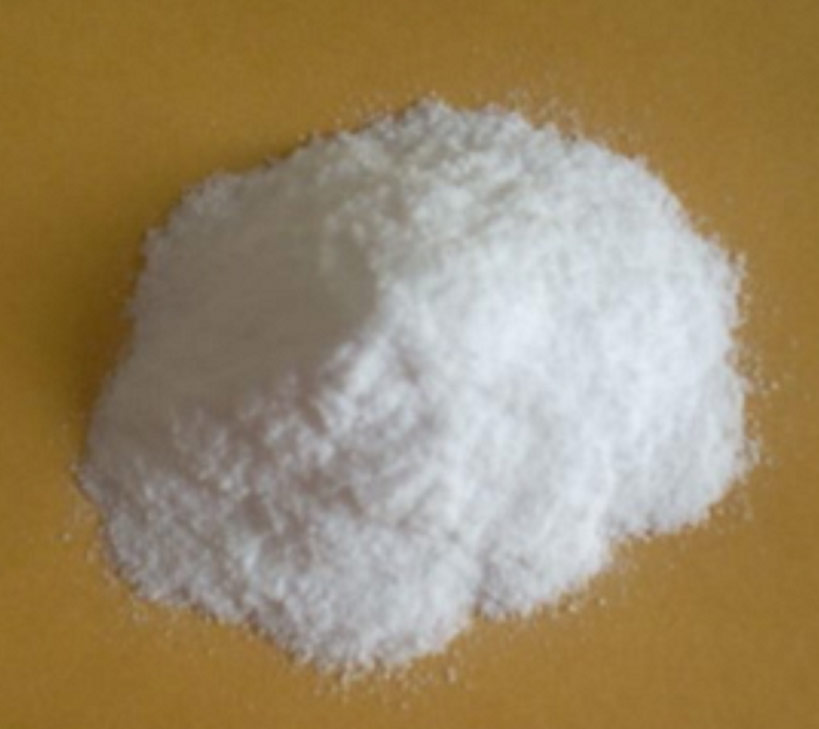Sodium Molybdate uses cover a wide range of fields, including manufacturing, metalwork, printing, and more. But the impact it can have on plants and animals has brought it into the forefront of use for the agriculture industry, to the tune of more than 1 million pounds of Sodium Molybdate fertilizer used per year.
Another touch point for this usage ties back to the hydroponic nutrient practice that is growing in popularity. Hydroponics is an agricultural method in which plants are grown without soil. Instead, they receive their essential micronutrients through a water solvent, a practice that has shown growth rates almost 50 percent faster than traditional soil-grown plants, in addition to a higher yield from hydroponic plants.
Sodium Molybdate has seen a particularly strong uptick in usage among farmers of leguminous plants, such as alfalfa, peas, beans, lentils and peanuts. Included in fertilizer, it provides these plants with enhanced uptake of the essential nitrogen element, while also allowing for efficient fixing of atmospheric nitrogen found in the atmosphere by bacteria in the legumes. These bacteria convert the nitrogen into ammonia to synthesize amino acids within the plant.




